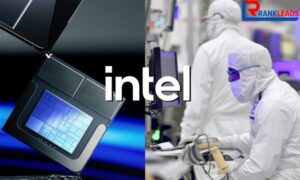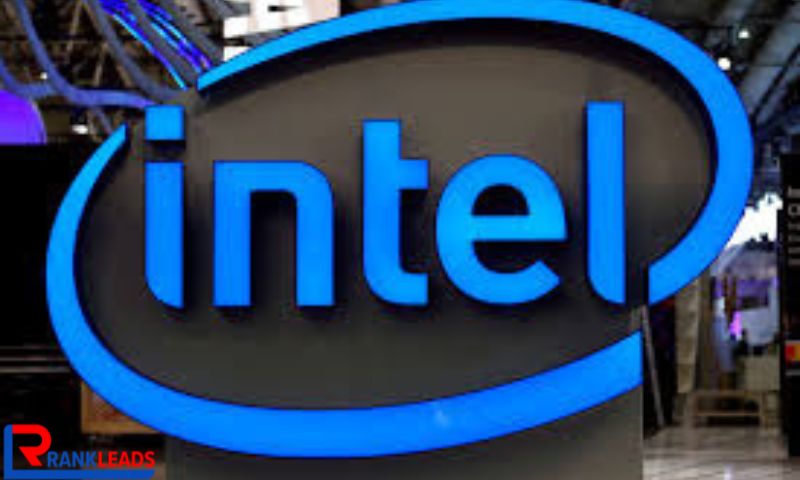The topic of layoffs is always a sensitive one, especially when it concerns industry giants like Intel. In recent months, Intel’s announcement of significant workforce reductions has sent shockwaves through the tech world, raising questions about the company’s strategy, the state of the semiconductor industry, and the broader implications for employees and stakeholders. This article provides a detailed, SEO-optimized analysis of Intel’s layoffs, their causes, and their potential impact.
Why is Intel Reducing Its Workforce?

Intel’s decision to implement layoffs stems from multiple factors, ranging from financial pressures to industry dynamics. Let’s explore the key reasons behind this move:
1. Market Slowdown in Semiconductors
The global semiconductor market has been experiencing fluctuations, with demand for chips slowing after a pandemic-induced boom. As economies reopen and supply chains normalize, the excess inventory built during the chip shortage has led to declining sales and shrinking profit margins.
2. Increased Competition
Intel faces stiff competition from rivals like AMD, NVIDIA, and emerging players in the semiconductor space. Competitors have been innovating rapidly, leveraging advanced manufacturing techniques and designs that have, in some cases, outperformed Intel’s offerings.
3. Economic Pressures
Global economic challenges, including inflation, rising interest rates, and geopolitical tensions, have contributed to a more cautious corporate spending environment. Many companies, including Intel’s key clients, have scaled back investments in technology.
4. Restructuring Efforts
Intel has embarked on a strategic restructuring plan to streamline operations and focus on high-priority projects. While layoffs are a painful aspect of such initiatives, they are often deemed necessary to ensure long-term profitability and competitiveness.
Key Figures and Facts About the Layoffs
Here are some critical details about Intel’s workforce reductions:
- Number of Employees Affected: Reports indicate that thousands of employees could be laid off globally, with cuts targeting specific departments.
- Departments Impacted: Business units related to data centers, client computing, and manufacturing are among the most affected.
- Global Reach: While layoffs are spread across various regions, certain areas with larger operational hubs may see more significant impacts.
Impact on Employees
The layoffs have understandably raised concerns among Intel employees and their families. Here’s a closer look at the implications:
1. Job Uncertainty
Many employees face an uncertain future as Intel works through its restructuring process. The anxiety of potential layoffs can affect morale and productivity.
2. Financial Challenges
For those who lose their jobs, the financial strain can be significant, particularly for workers who may have mortgages, student loans, or dependents.
3. Re-employment Opportunities
While the tech industry offers numerous opportunities, displaced workers may face challenges in finding roles that match their skills, experience, and salary expectations.
4. Support Initiatives
Intel has committed to providing severance packages and career transition support for affected employees, including outplacement services, counseling, and training.
Broader Implications for the Tech Industry

Intel’s layoffs are not an isolated event. They reflect broader trends and challenges facing the tech industry.
1. A Ripple Effect
Large-scale layoffs at a leading company like Intel can have a domino effect. Suppliers, partners, and other stakeholders may also face disruptions, potentially leading to further job cuts in related industries.
2. Shift in Industry Priorities
As companies navigate economic uncertainty, they are prioritizing cost-efficiency and strategic investments. This shift may lead to a temporary slowdown in innovation and product development.
3. Potential Talent Redistribution
The layoffs could result in a redistribution of talent across the tech sector. Other companies may seize the opportunity to hire experienced professionals, driving innovation and competition elsewhere.
The Future of Intel Post-Layoffs
The layoffs are a critical component of Intel’s broader transformation strategy. Here’s what the future might hold for the company:
1. Focus on Core Strengths
Intel is likely to double down on its core competencies, including advanced semiconductor manufacturing, AI development, and next-generation computing solutions.
2. Investments in R&D
Despite financial pressures, Intel continues to prioritize research and development. The company’s investments in cutting-edge technologies aim to regain its leadership position in the industry.
3. Strategic Partnerships
Collaborations with other tech leaders and governments may play a pivotal role in Intel’s recovery. For instance, partnerships in the U.S. and Europe could support efforts to bolster domestic chip manufacturing.
How Intel’s Layoffs Compare to Industry Trends
Layoffs are not unique to Intel. In recent years, several major tech companies have implemented similar measures:
1. Tech Layoffs in 2023
The tech sector as a whole has seen waves of layoffs as companies recalibrate their operations post-pandemic. Companies like Meta, Amazon, and Microsoft have also announced significant workforce reductions.
2. Learning from Competitors
Intel’s response to its challenges offers insights into how it compares to competitors navigating similar economic and industry pressures. While some competitors have managed to avoid layoffs, others are using them as a strategic reset.
Steps for Employees and Job Seekers
For those affected by the layoffs or seeking to navigate a turbulent tech job market, here are some actionable steps:
1. Leverage Networking
Use platforms like LinkedIn to connect with industry professionals, recruiters, and alumni from past workplaces. Networking can open doors to hidden job opportunities.
2. Upskill and Reskill
Invest in learning new skills or certifications that align with emerging trends in technology. For example, expertise in AI, cloud computing, or cybersecurity is highly sought after.
3. Explore Diverse Opportunities
Consider roles in adjacent industries or startups where your technical skills and experience can add value.
4. Utilize Support Services
Take advantage of the resources provided by Intel, such as resume workshops, career counseling, and training programs.
Conclusion
Intel’s layoffs mark a pivotal moment for the company and the broader tech industry. While the decision is driven by economic realities and strategic imperatives, it brings significant challenges for employees and stakeholders. However, it also presents an opportunity for the company to refocus and reinvent itself in an increasingly competitive landscape.
By understanding the causes, implications, and potential outcomes of these layoffs, stakeholders can better navigate the evolving dynamics of the tech sector. For employees, the focus should be on resilience and adaptability, leveraging support systems and exploring new opportunities in a fast-changing industry.








